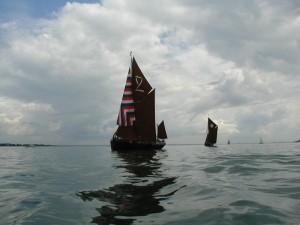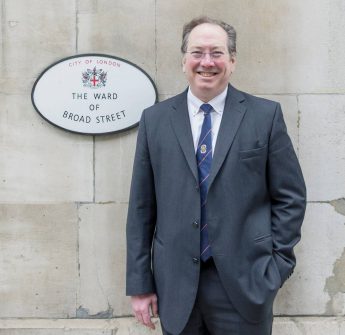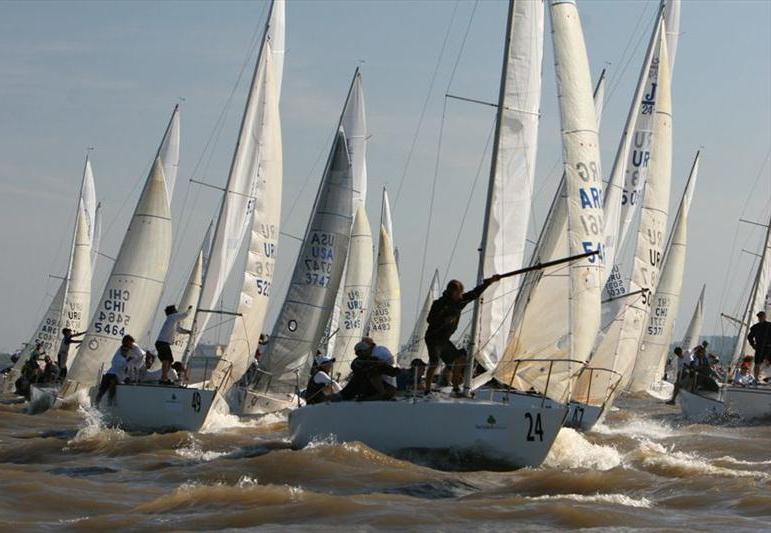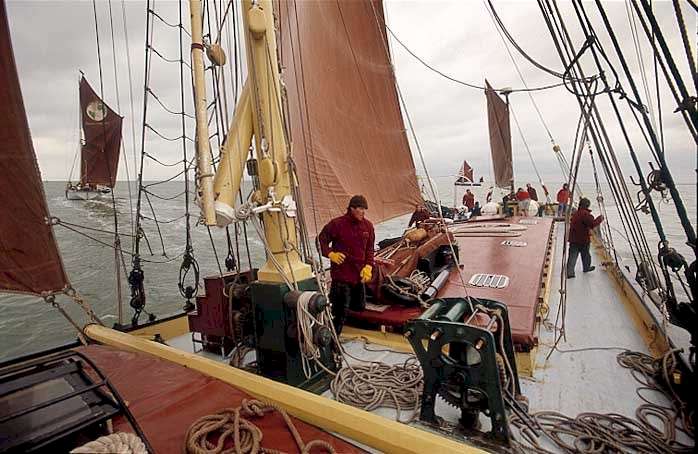[originally published by “Yachting World,” IPC Media, Spring 2002 online]
“Free the wang (sic)”, “keep the horse clear (ditto)”, “babies below (what?)” and “shall I serve lunch before the next tack (yes!)” are not the sort of phrases one expects to hear during a race. However, this is fairly common racing patter in the midst of a barge match. Races of enormous, graceful classic boats haven’t left Britain since last summer’s wonderful J-Class events; after 158 years Thames sailing barge matches are here to stay. Many people don’t realise that the oldest continuous racing after the America’s Cup (1851) is the Thames Match every year from Gravesend round a mark off Southend and back (1863).
Sailing barge history is fascinating both economically and nautically. Estimates of the number of barges built over the centuries range up to 10,000. In 1910, there were 2,100 on the Merchant Navy Register, but numbers were declining such that at the end of World War I there were about 1,650 barges in trade and by the beginning of World War II only 600 remained. The barges themselves contributed to this steep decline, having “dug their own graves” by carrying the materials which built the roads for the lorries which replaced them. The last wooden barges were built in the 1920’s, the last steel barges in the 1930’s. Today, there are about 45 remaining hulls but only about 20 Thames sailing barges are in race-able condition around the UK. With a few charming exceptions such as the tiny barge Cygnet, Thames barges range from 50 to 100 tonnes and from 80 to 95 feet.
Thames sailing barge designs date from the seventeenth century when the English began modifying Dutch spritsail designs. The spritsail rig consists of a mast with a permanent sprit (or boom) mounted at about 60 degrees vertical. This contrasts with a gaff rig which is more like raising or lowering a telephone pole perpendicular to the mast for each sailing. The permanent sprit, combined with some early, but efficient, winches gave the sailing barges their distinct advantage, an ability to carry around 200 tonnes of cargo with two crew (“a man, a boy and a dog”). When this cargo is contrasted with, say, 200 ox carts and drivers, the advantages are clear. When this trade is centred on the Thames, where tides can guarantee delivery less than 48 hours from Suffolk, Kent or Essex to London, these are the makings of a fantastic industry. London was the only major European city other than Hamburg on a tidal river, and Hamburg didn’t control the Netherlands or Denmark while London could be fed by Suffolk, Kent and Essex. Thames sailing barges were the only technology of the time capable of feeding a metropolis before the advent of the railways. As late as 1903 a Joint Select Committee of Lords and Commons estimated that 75% to 80% of the whole traffic of London was carried by barges.
Thames sailing barges are distinctive in other ways – they are self tacking on the foresail and mainsail “horses”, typically draw less than four feet, can lower their masts to pass beneath bridges and use leeboards rather than a keel. These characteristics were all crucial to the development of Thames waters with their tight, shallow estuaries, bridges and mud flats providing food and materials for the capital with its fast tides. Their 3,500 square foot ochre sailplan was also highly distinctive, as recorded in numerous London paintings and early photographs. The heyday of sailing barges was the latter half of the nineteenth century. By this time the design was so stable that bargemen could board a new vessel in the middle of the night and find everything in the same place. Thames barges sailed throughout the south and east coast, from the Scillies to Newcastle, as well as conducting a thriving trade with the Continent.
Records of barge racing start in Harwich in 1844. The most famous race, the Thames Match (see www.thamesmatch.co.uk), was begun by Mr Henry Dodd (1801–1881) with the support of the Prince of Wales Yacht Club. Having made a fortune in waste removal using five barges of his own, Dodd was an enterprising person both in business and socially. He knew Charles Dickens and is believed to be the inspiration for the “Golden Dustman” character, Mr Boffin, in “Our Mutual Friend”. Dodd wished to show, in his own words, “the value of the races, not only as sporting events, but as a means of advertising their usefulness as a means of transport and bringing to the public eye a better picture of what a sailing barge can do in the way of speed”.
Yachties who race “plastic boats” may be surprised to discover that classic boat races are extremely competitive. Barges in the faster classes travel at anywhere from 8 to 10 knots in a Force 4 or above and all the barges are reasonable to windward with tacking angles from 100 to 120 degrees. With many of the barges exceeding 100 years in age, the extant Thames barges have been racing each other for at least 70 years, so every nuance of performance is known, and not just one’s own boat but that of most of the competition. The courses are familiar, down to the last eddy at each state of the tide, and comments such as “that won’t work, remember when Harry tried it in 1928” are not uncommon. For those who think they might miss physical labour on a self-tacking rig, there are the joys of winching up a 1.5 tonne leeboard on each tack, a delight only to be compared with “coffee-grinding”.
The crews compete for prestigious “silverware” using effectively the same rules as the IYRR. Interestingly, class rules limit crew to 5 and passengers to 12, although the rules in some matches have been extended so that any 5 of 17 can perform a manoeuvre. A few races are handicapped, with seconds deciding the results. Modifications for racing include changes to the sailplan, removal of the propeller and even the addition of “racing” leeboards, hydrodynamically-shaped boards that push the boat upwind which may date back to the 1880’s. Naturally, in a tradition pre-dating the first yacht club, barge folk discuss a day’s race in the time-honoured way, over several beers in the bar (often the inbuilt bar all barges seem to have).
There is a well-established series of matches, some particularly convenient for east coast sailors. More history and other links are available at www.thamesbarge.org.uk and www.sailingbargeassociation.co.uk.
Of the above fixtures, perhaps the most convenient for many sailors will be watching the Thames sailing barges open Cowes week racing for the third year in a row, the Solent Match. The Solent Millennium Match 2000, saw three barges in the first official Cowes week race, Kitty, Lady Daphne and Victor in order of place. Last year’s Solent Match 2001 was more exciting with Ironsides, Cabby, Kitty, Lady Daphne, Victor and Thistle all participating. Sadly, Thistle retired to give assistance to a “plastic boat” on port tack whom she had dismasted after the “plastic boat” failed to appreciate the speed of these large vessels.
Many of the barges can be hired for a match. 12 charterers combine with 5 crew for an exciting race. Probably the only drawback to racing a barge is the distance from the water and the rather dry condition (moisture-wise) when one returns to port; guess it’s those babies on board. Typically barges are used on the Thames and Solent for corporate entertainment – team building, cocktail parties or clay pigeon shooting (indeed). A few barges have Class V or Class VI passenger certificates and can carry up to 54 people. And, in case you’re curious, yes, we do sail with four settees and sometimes use that fire after a mid-summer’s race!
Michael Mainelli has been racing traditional craft and plastic boats with equal enjoyment for over 30 years. He is a Royal Corinthian Yacht Club member and a committee member of the Thames Match. Michael and his wife Elisabeth own S.B. Lady Daphne at 91 feet, 76 registered tonnes, built 1923 by Short Bros in Rochester. Elisabeth and Michael charter S.B. Lady Daphne for up to 54 people. All proceeds go to S.B. Lady Daphne’s restoration. A highlight of S.B. Lady Daphne’s 2001 season was winning the Thames Match Coasting Class last season with 12 charterers on board.




